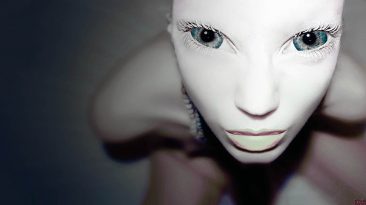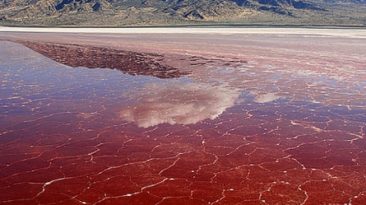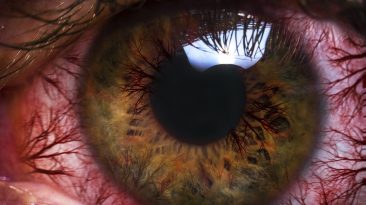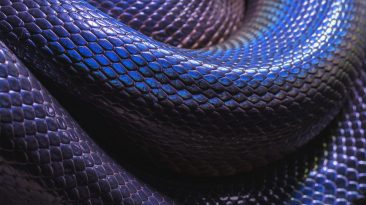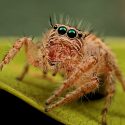When you face an uncomfortable situation, you might choose to run and hide. But wouldn’t it be easier if you could suddenly blend into your surroundings? In what ways could you camouflage your body? How would your skin need to be different? And how would this ability change the way you interact with the world?
Many animals can camouflage or disguise their appearance. Whether it’s a defense mechanism to avoid predators or an ability that helps them hunt prey, they use different camouflage strategies. Some animals perform this magic trick with the help of biochromes, or pigments, that reflect or absorb all the visible wavelengths of light.
In other creatures, the physical structure of their skin, scales or hair acts like a prism, scattering or refracting the light around them. Which method of camouflage would work best for you? Well. let’s look at some of the animal kingdom’s most skilled masters of disguise.
Maybe the most famous camouflager would be the chameleon. It changes colors when it feels afraid, aggressive or tries to attract a mate. If you had a chameleon’s abilities, you could change from green to blue to bright orange in seconds. Your skin would need to have crystal-like cells, called iridophores, that refract light. They would compress or expand based on your emotions and change your coloring.
If you felt angry or passionate, you’d turn bright red. When you feel relaxed, you might become a darker shade of blue so no one bothers you. Or you could show off every color in your palette to impress your latest crush. Now, let’s track down an arctic fox. In the warmer months, its brown coat allows it to blend into the greens and browns of its environment.
But in winter, its fur turns white to blend in with the endless, snowy tundra. This protects the arctic fox from predators and the prey it stalks. If your hair color naturally changed each season, you probably wouldn’t need it to survive. But it could be an excuse to spend summers at the beach as a blond or embrace the winter’s darkness with jet black hair.
But if you wanted to disappear, the best strategy would come from flounders. These fish change their color to match their surroundings using their vision and skin cells. As they move through different environments, their retinas recognize different colors. They transmit that information to their skin cells, which adjust their colors.
If you felt threatened or wanted to avoid an old fling walking nearby, you could use this strategy. People would have a tough time spotting you if you looked like a brick building or a parked car. If they did see you changing colors, it would probably make the situation even more awkward. Maybe you’d be better off turning bright golden orange, like the golden tortoise beetle.
It would give the impression that you are poisonous and people should avoid you. And if everyone else suddenly had camouflage skin, it would change how everyone interacted. People already express themselves with clothing, tattoos and hairstyles. Now they’d be able to change their style or vibe very quickly.
People with eye-catching skin would show they’re open to new connections. And people who didn’t want to be bothered would simply disappear before your eyes. But this would present a threatening possibility too. Military groups would camouflage much more efficiently without needing clothing or paints.
There could be spies hiding in plain sight and gathering all kinds of information about you. So you’d have to stay even more alert and keep your eyes peeled. At least they wouldn’t be able to make themselves completely invisible, or could they?
Sources
- “Camouflage”. National Geographic Society. 2011. nationalgeographic.org.
- “How Animal Camouflage Works”. Tom Harris. 2011. animals.howstuffworks.com.
- “Amazing : Camouflaging Animals – Golden Tortoise Beetle”. 2017. infyworld.com.
- “10 Animals That Can Change Colors”. 2018. worldatlas.com.
- “How Chameleons Change Color And Why They Do It”. Michelle Konstantinovsky. 2019. animals.howstuffworks.com.














